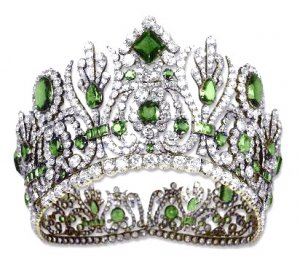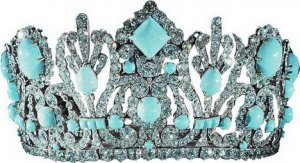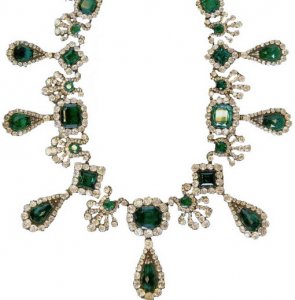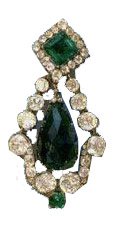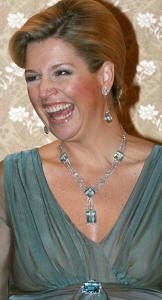Sithathoriunet
Brilliant_Rock
- Joined
- Sep 21, 2008
- Messages
- 1,691
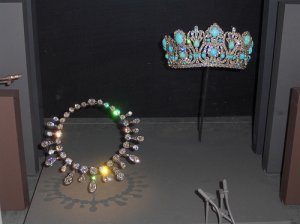
OMG I adore this tiara! Jena who has possesion of this stunning piece now?Date: 12/8/2008 7:39:11 PM
Author: Sithathoriunet
Persian turquoise and more than 1000 diamonds, weighing over 700 carats, encrust this lovely diadem. Napoleon gave this beauty to his second wife, Empress Marie-Louise in 1810. The crown originally sported diamonds instead of turquoise, but these were subsequently removed and repurposed and replaced with the less valuable but equally lovely turquoise cabochons.
Date: 12/8/2008 9:35:45 PM
Author: katebar
OMG I adore this tiara! Jena who has possesion of this stunning piece now?

No, some of us are not girls. We are boys. Thank you for noticing.Date: 12/3/2008 6:16:58 PM
Author: prince.of.preslav
Hi girls!

lol! Aw, we''re always happy to have you boys around here in our predominantly girls'' society!Date: 12/9/2008 3:23:17 AM
Author: Imdanny
No, some of us are not girls. We are boys. Thank you for noticing.Date: 12/3/2008 6:16:58 PM
Author: prince.of.preslav
Hi girls!
hi!Date: 12/8/2008 9:35:45 PM
Author: katebar
OMG I adore this tiara! Jena who has possesion of this stunning piece now?Date: 12/8/2008 7:39:11 PM
Author: Sithathoriunet
Persian turquoise and more than 1000 diamonds, weighing over 700 carats, encrust this lovely diadem. Napoleon gave this beauty to his second wife, Empress Marie-Louise in 1810. The crown originally sported diamonds instead of turquoise, but these were subsequently removed and repurposed and replaced with the less valuable but equally lovely turquoise cabochons.
hi!Date: 12/9/2008 1:47:28 AM
Author: SanDiegoLady
Date: 12/5/2008 10:22:24 PM
Author: Sithathoriunet
and this really young diana photo..isn''t she just a doll?
Oh honey, where ever did you find this? I havent ever seen it before! This was VERY early, like engagement timeframe.. wow.Aw.
